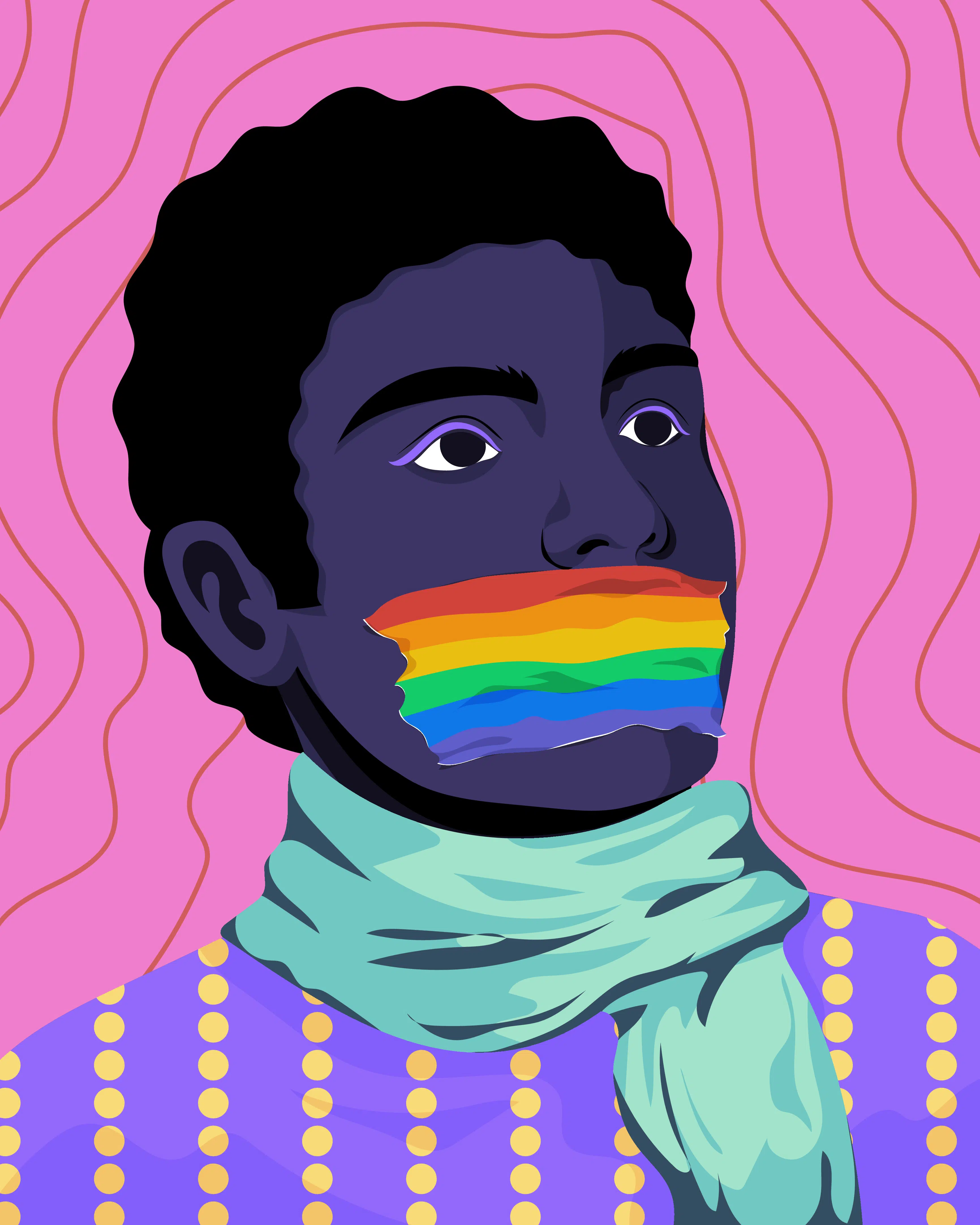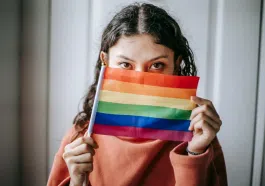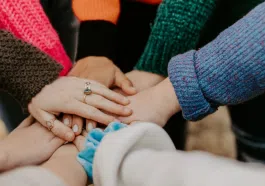Queerbaiting is when creators in the media hint at but do not actually represent, same-sex romance or other LGBTQ+ representation. By doing so, they attract (“bait”) a queer or straight ally while avoiding alienating other more conservative consumers.
Queerbaiting has been seen in popular fiction such as films and television series, but also via celebrities who have an ambiguous sexual identity, whether through their works and/or statements. This term has been made more popular in the 2010s through discussions in Internet fandom.
When Is Queerbaiting Used?
Queerbaiting is most commonly seen in media and entertainment; however, the practice can extend to other areas. For instance, queerbaiting might be initiated by someone running for a political position to gain more support for their campaign. Queerbaiting can also be used within a community or school system to attract people to their location and so that they’ll send their kids to a specific school. In whichever manner queerbaiting is used, there is always the false promise that LGBTQ+ inclusivity will be prioritized; however, once the target audience has been drawn in, usually, the LGBTQ+ communities and their needs are cast aside.
How Has the Term Queerbaiting Evolved?
What we now understand of queerbaiting is much different than it was before. In the 1950s, the US had “the Lavender Scare,” which was a moral panic about LGBTQ+ in the government and their mass dismissal from this service. Because of this, queer people felt they needed to hide their sexuality. To find out which of those people were LGBTQ+, others would queerbait people by posing as allies or members of the LGBTQ+ people to provide a safe space. Instead, they would betray and turn in names to people who came out to them.
What Does Queerbaiting Look Like Now?
Queerbaiting targets the consumer and is motivated by bringing in money. In other words, it involves not only the LGBTQ+ audience but their money. The practice of queerbaiting was most prominent in the early to mid-2010s, when it was still risky to include LGBTQ+ characters in film and television. Teasing these potential LGBTQ+ characters would attract a higher number of fans without risking losing them. However, in 2021, having LGBTQ+ characters in the media is not as risky as it once was. Now, we can have much more representation for these stories.
What Are Some Examples of Queerbaiting?
The following media examples have been interpreted as queerbaiting by several reliable media sources. However, it is essential to note that all critics or fans do not share this interpretation.
Here are some of the most talked-about examples:
Television:
- 2 Broke Girls: Caroline Channing and Max Black.
- Glee: Rachel Berry and Quinn Fabray.
- Riverdale: Betty Cooper and Veronica Lodge, and Archie Andrews and Joaquin DeSantos.
- Rizzoli & Isles: Jane Rizzoli and Maura Isles.
- Sesame Street: Bert and Ernie
- Once Upon a Time: Emma Swan and Regina Mills.
- Supergirl: Kara Danvers and Lena Luthor
- Sherlock: Sherlock Holmes and John Watson
- Teen Wolf: Derek Hale and Stiles Stilinski
- Voltron: Legendary Defender: Shiro and Adam.
- 9-1-1: Evan “Buck” Buckley and Edmundo “Eddie” Diaz.
Films:
- Black Panther: Okoye and Ayo
- Captain America: Civil War: Bucky Barnes and Steve Rogers.
- Luca: Luca and Alberto.
- Pitch Perfect: Beca and Chloe.
- Star Wars: The Rise of Skywalker: Finn and Poe.
- The Yin-Yang Master: Dream of Eternity: Qing Ming and Bo Ya.
- Thor: Ragnarok: Valkyrie.
Anime:
- Izetta: The Last Witch: Izetta and Princess Finé.
- Sound! Euphonium: Kumiko ?mae and Reina K?saka.
Music:
Katy Perry’s song “I Kissed a Girl.”
Ariana Grande (in 2019) was criticized by fans for queerbaiting in some lyrics referencing bisexual love.
Advertising:
Clothing label Calvin Klein put out an advertisement where the model Bella Hadid kissed the character, Lil Miquela.
Theater:
The relationship between Albus Severus Potter and Scorpius Malfoy in Harry Potter and the Cursed Child.
Why Is It an Issue?
The reason queerbaiting is such an issue is that it is a manipulative marketing tactic that explicitly targets the LGBTQ+ community. As a result, members of the community do not get authentic representation. Essentially, it promotes the message that LGBTQ+ characters are not as worthy of storylines as their straight and cisgender counterparts.
In addition, queerbaiting can sometimes push harmful stereotypes against the LGBTQ+ people, like against bisexual people or gender diverse people.
Another negative aspect of queerbaiting is that it uses flirting between characters to imply that the characters could be gay or bisexual. However, when that doesn’t happen, and these characters or people end up in a straight relationship, it encourages the myth that bisexuality doesn’t exist or is simply a phase.
In Summary
These days, it is essential to feature representation of LGBTQ+ characters who have complex relationships just like that of their straight and/or cisgender counterparts. Queerbaiting only serves to perpetuate stereotypes that are harmful to the queer community.















